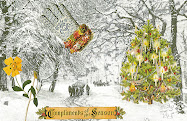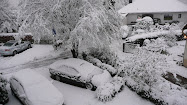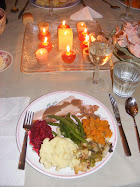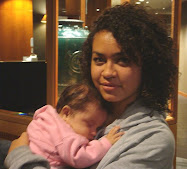
Just home from two screenings of
No Impact Man, the film featuring the "no impact family" of Colin Beavan, Michelle Conlin, and their endearing, adaptable daughter, Isabella. If you read
my post of the other day, you'll know I was somewhat apprehensive about the eco-extremity of this project: a year of only locally grown food, no electricity, no public transportation, no toilet paper, and so on – from the heart of New York City, no less.
It's a wonderful movie, and I'll make a few observations and comments.
First, the toilet paper. I don't think it's as hard as one would think to make a switch to something else. I just searched for more about cloth toilet wipes, and found
a good post from way back in 2006, at Walk Slowly Live Wildly (where I found the photo on the right).
No Impact Man doesn't dwell much on the issue of toilet paper, though it shows the couple speculating about the implications of going without, feeling uneasy about assumptions people may make about hygiene. It's the lack of toilet paper that got picked up as
a headliner in the New York Times when the No Impact project was publicized there. (I guess the family's solution involved only water and air drying.)
The film doesn't talk much about the family dog, so I was curious about the experiment with regard to pet ownership. It was a great project to undertake with this particular two-year-old, an amenable child who demonstrates wonderful flexibility. The scene when Beavan explains to Isabella that they will
not be using toilet paper is worth the price of admission – a lovely inversion of the conversation most parents have with kids of that age.
I was relieved to see them ease into the project in phases, waiting a while to turn out the lights. Both parents struggle with the project and discuss it in revealing, honest conversations. Michelle's ambivalence is very understandable and her story holds the film together; she comes to find more value than expected in the changes that occur as the year goes by. She talks about how long the days become once the lights are out and the air conditioner off in summer, and she huddles under the covers in winter, reading by candlelight. She looks forward to story time with her daughter again, aided by a bedside lamp.
The film made me think about how I washed all of my clothes for one year in the bathtub in Ireland, stomping on them much as the family does in this show, and hanging them on wooden racks, where they would dry slowly over a number of days. (Hanging them outside on the clothesline on the roof resulted in coal-speck-covered clothes that were dirtier than before.) I huddled under the comforter, too, heating one room at a time.

Beavan is so committed to the project, without being too overbearing, and there is a bit of play in their no impact "system", humanizing the film. They are not purists, but are giving us an intimate glimpse of the messiness of their lives. Their apartment appears somewhat chaotic, with books piled high on the shelves. They aren't minimalists living an inaccessible aspirational life, but parents with work to do and the complications of competing desires.
The couple negotiates and explores the value of their decisions, showing us both frustration and joy. They aren't prescribing specifics so much as challenging us to imagine different, more creative ways to live, whether in a large city or elsewhere. It's a great test of both object and human relations, showing the unexpected benefits that may occur with a conscious step away from excessive consumption. The project asks us to ask: what do we truly want and need?












































































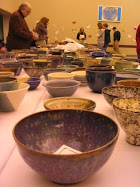




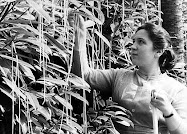


































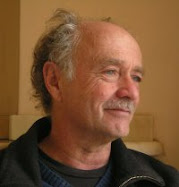











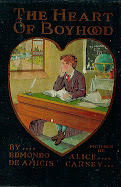
















































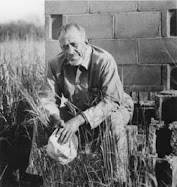









.jpg)














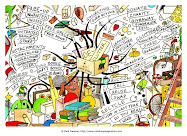






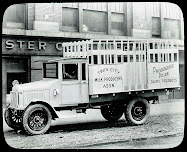





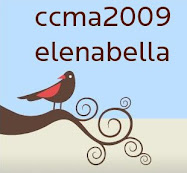




























































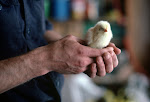
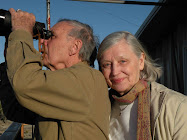
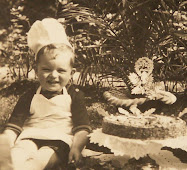














































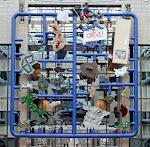.jpg)
















